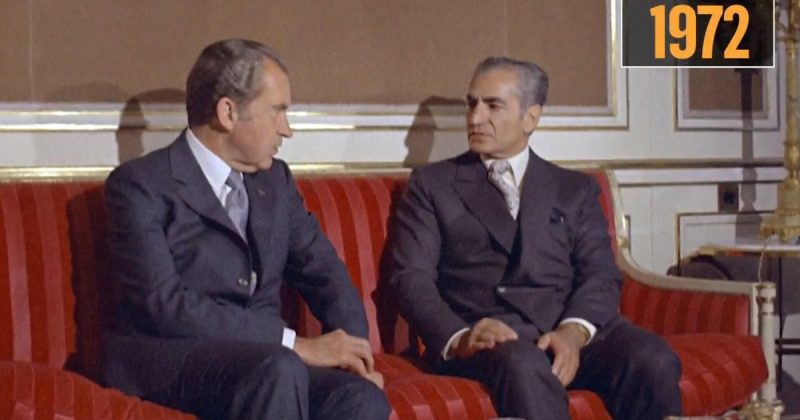
The relationship between the United States and Iran is a long and winding road, paved with both periods of cooperation and bitter conflict. Understanding the current tensions requires a look back at this complicated history, marked by shifting alliances, political upheaval, and ideological clashes.
Early interactions between the two nations were relatively cordial, with the US even playing a role in Iran’s modernization efforts in the early 20th century. However, the discovery of vast oil reserves in Iran significantly altered the dynamics, leading to increased American influence and, consequently, resentment among some Iranians. The 1953 Iranian coup d’état, orchestrated by the US and UK to overthrow the democratically elected Prime Minister Mohammad Mosaddegh, remains a deeply controversial event, fueling anti-American sentiment for decades to come.
The Iranian Revolution of 1979 marked a dramatic turning point. The overthrow of the US-backed Shah Mohammad Reza Pahlavi and the establishment of an Islamic Republic drastically changed the geopolitical landscape. The hostage crisis at the US embassy in Tehran further solidified the deep mistrust and animosity between the two nations, setting the stage for years of strained relations.
Throughout the following decades, the relationship was characterized by mutual suspicion and intermittent crises. The Iran-Iraq War, the US’s support for Iraq during that conflict, and Iran’s nuclear ambitions have all contributed to a climate of ongoing tension. Economic sanctions imposed by the US on Iran have also played a significant role, creating economic hardship within Iran and further exacerbating the conflict.
In recent years, there have been attempts at diplomatic engagement, most notably the Iran nuclear deal (JCPOA) in 2015. However, the agreement’s future remains uncertain following the US withdrawal under the Trump administration and subsequent escalations. The current state of affairs is complex and volatile, shaped by a multitude of factors including regional power struggles, the global energy market, and differing ideological viewpoints.
Understanding the nuances of this history is crucial to comprehending the present-day challenges and potential pathways toward improved relations between the US and Iran. The path forward requires careful diplomacy, mutual respect, and a willingness to address the historical grievances that continue to shape the narrative.










